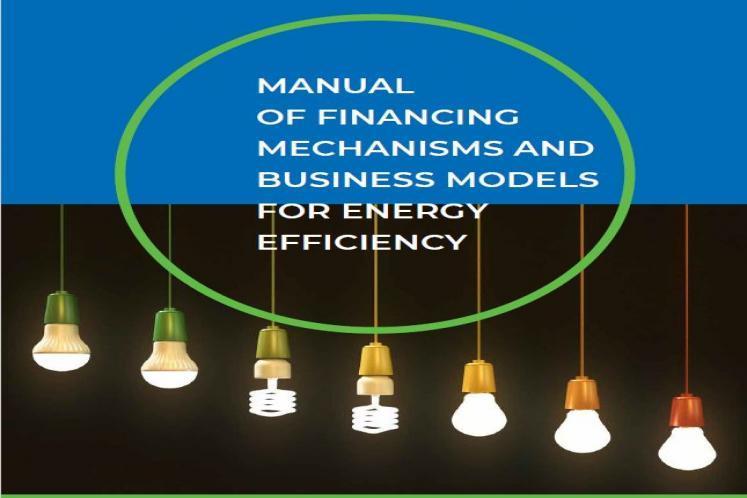This manual was conducted by BASE (Basel Agency for Sustainable Energy), as part of the project “Pilot Asia-Pacific Climate Technology Network and Finance Centre” (CTNFC). CTNFC is an initiative of UN Environment and the Asian Development Bank (ADB), funded by the Global Environment Facility (GEF).
Energy efficiency is a highly‑effective and economic way to reduce global greenhouse gas (GHG) emissions. According to the International Energy Agency (IEA), energy efficiency measures could result in 40% of the GHG emissions abatement required to achieve the goals set out in the Paris Agreement.
Energy efficiency also reduces air pollution, lowers spending on energy, enhances energy security, increases competitiveness and provides many other socio‑economic, and environmental benefits.
The potential for energy efficiency gains is growing with significant increases in global energy demand, particularly in developing economies. Yet global investment in energy efficiency slowed in 2017 – without new financing mechanisms for energy efficiency, it is likely investment will continue to stagnate.
The aim of this manual is to provide an overview of innovative financing mechanisms, and business models from around the world that have spurred new investments in energy efficiency.
The manual focuses on technologies covered by the United for Efficiency initiative – air conditioners, lighting, electric motor systems, refrigeration, and power distribution transformers. Together these products consume over half of the world’s electricity.
There are many barriers inhibiting investments in energy efficiency currently, including high upfront costs, lack of access to finance, high perceived risk, lack of trust in new technologies, competing investment priorities, lack of knowledge and awareness, and split incentives.
Many of these barriers can be overcome, at least in significant part, with well‑designed financing mechanisms, incentives and business models, together with complementary measures such as policies, regulations, awareness raising activities and behaviour change initiatives.




